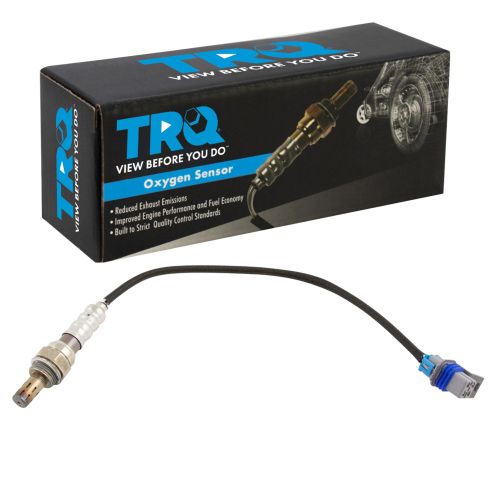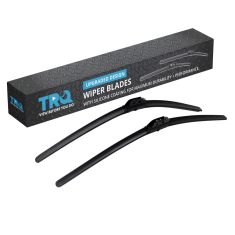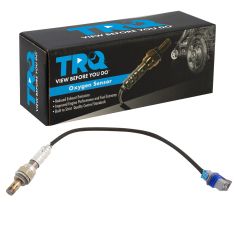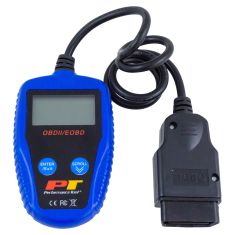1AEOS00170-O2 Oxygen Sensor TRQ OSA61291



Replaces
2005 Isuzu Ascender V8 5.3L Downstream Right Bank 2 Sensor 2 O2 Oxygen Sensor TRQ OSA61291


Recommended for your 2005 Isuzu Ascender
Product Reviews
Loading reviews
Customer Q&A
No questions have been asked about this item.
Isuzu is a registered trademark of Isuzu Motors Ltd. 1A Auto is not affiliated with or sponsored by Isuzu or Isuzu Motors Ltd.
See all trademarks.










